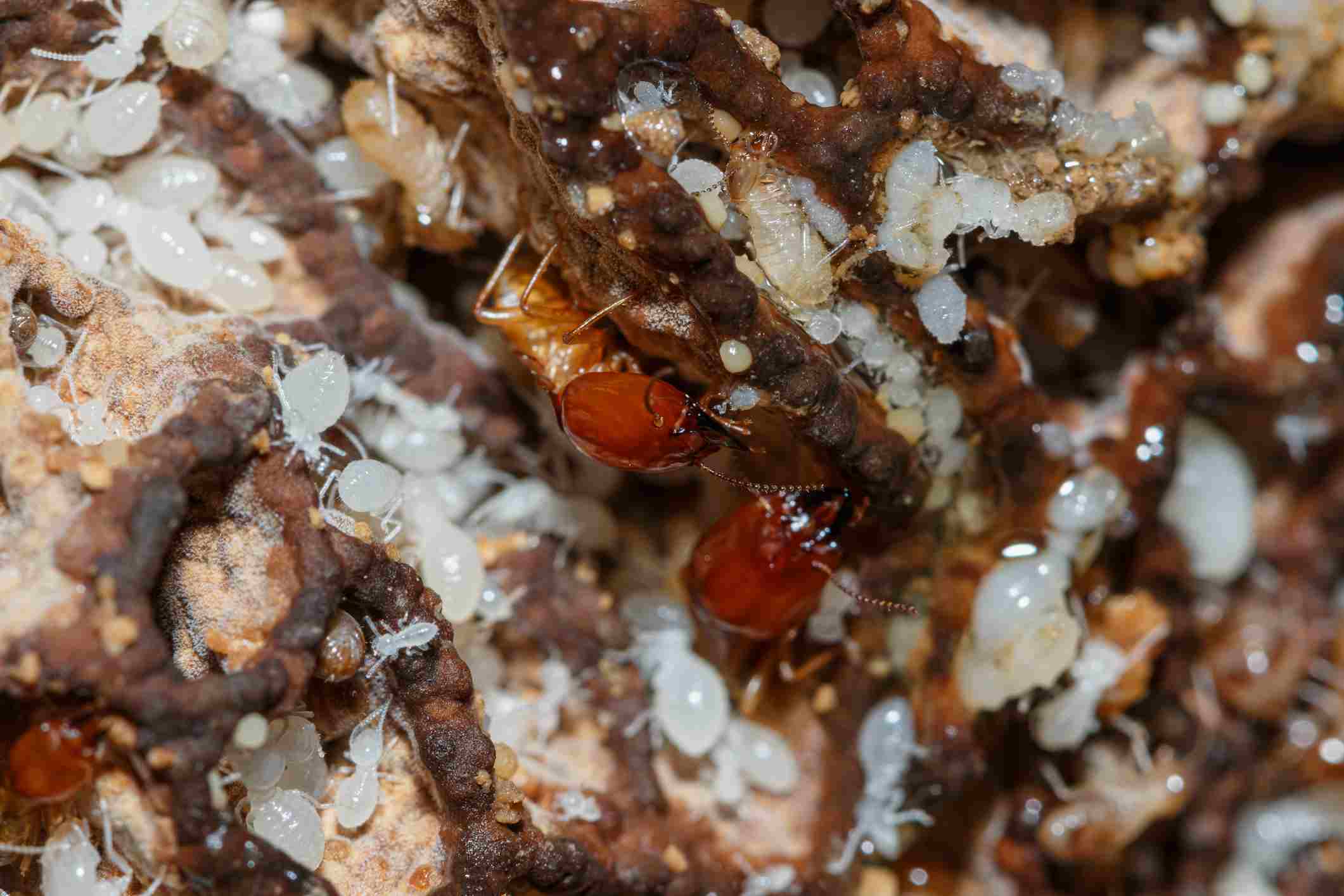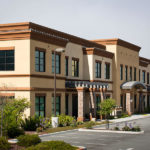What You Need to Know About Baby Termites
What You Need to Know About Baby Termites
Baby animals are so cute, aren’t they? A zillion online videos can’t be wrong. This doesn’t extend, however, to baby termites. These pale, soft-bodied baby insects, known as larvae or nymphs, are not cute, and the least cute thing about them is that they are destined to grow into adult termites. They are interesting, though, as part of a complicated social order.
The Life Cycle of Termites
A colony begins with a single king and queen. Responsible for establishing the colony, they get straight to work, reproducing. A queen in her prime can lay up to 30,000 eggs a day, so the colony grows quickly. Each baby termite looks the same when it is born, but when they mature, they will develop into one of three types of termites: workers, soldiers, or reproductive. The majority of termites are workers, white and soft bodied, with no eyes or wings, and those are the termites who do the tunneling, caring for other termites, and finding food. Their main job, however, is to digest the cellulose in wood and grass. Soldier termites are larger than workers, with large brownish heads and huge mouths, and they defend the colony. The third type of termite is the reproductive termite. These termites do not begin to form in a colony until it is well-established, and their job is to swarm out and find a spot to establish a new colony. They are easily distinguished by their wings and large eyes, and they are sometimes mistaken for flying ants.

What do Baby Termites Look Like? Characteristics of Baby Termites
It is into this caste system that baby termites hatch, out of white, translucent eggs no bigger than a grain of rice, and sometimes as small as the period at the end of this sentence. Baby termites are so small that at first glance, they may seem like maggots. This is not the case, however, as baby termites have many of the same features as adult termites. Termite nymphs are wingless and are sometimes mistaken for tiny white ants. They have antennae that point straight out, and thick waists. If you see baby termites, they will probably be near the eggs, because it’s only a short time after they’ve hatched that the workers move them to other chambers.
The Functions and Roles of Termite Babies
Each baby termite looks the same at first, but during the nymph stage, they begin to change. They go through several molting stages, shedding their exoskeletons as they prepare to take their place in the colony. This process can take weeks to months, depending on factors like species, environmental conditions, and even availability of food. While they are nymphs, they are fed by workers, and they interact with other castes as they prepare for their future responsibilities.
Identifying Baby Termites in Your Home
You are not likely to see baby termites, as they are well-protected by the colony. If you do see them, they will be close to the colony or in areas where the colony is feeding. You might see these tiny creatures in wood that’s in contact with soil, in areas with decaying vegetation, or in damp, decaying logs. In your house, they could be near leaking pipes, behind walls, or in crawl spaces or attics. They will look like little ants, but with thick waists and straight antennas.
Baby Termites in Comparison to Adult Termites
Baby termites look a lot like adult termites in miniature. Baby termites are only about 1/10 of an inch in lengths, but this makes sense, because adult termites are typically only about 3/8 of an inch long, at most. And while older termites have the distinguishing features that indicate their caste, baby termites are something of a blank slate.
Are Baby Termites Harmful?
Baby termites don’t chew through wood in your house, but they do eat the wood, fed by workers. They don’t bite, or do anything else that could be considered harmful, except for one thing. Baby termites grow into adult termites, which are extremely damaging to homes.
What to Do if You Spot Baby Termites
If you spot baby termites, call a professional termite control company immediately, because baby termites in your house indicate the presence of an active colony. The more quickly you can identify an infestation, the better chance you will have to eradicate it completely. A pest control expert can help you create a strategy for removing termites from your house and keeping them out.
FAQs
- Do baby termites look like ants?
- Yes, baby termites look like tiny white ants, except ants have nipped in waists and bent antennae, while termites have thick waists and straight antennae.
- Are baby termites destructive, or do they mature first?
- Baby termites are defenseless, and don’t begin being destructive until they have grown into adults.
- Will I ever see baby termites with wings?
- The only termites with wings are reproductive alates, or swarmers. These are adult termites, but they’re not much older than babies when they swarm.
- How can I identify baby termite eggs in my home?
- Termite eggs are so tiny that they can be hard to spot. They can be white or light brown, and may look like a pile of powdered sugar or flour. They’re hard to find, too, because the queen lays them somewhere protected.
Trust MightyMite to Protect Your Home from Termites of All Ages
To prevent termite damage in the Bay Area, call the termite control professionals at MightyMite Termite Services for a free inspection. At MightyMite, we’ve earned a reputation as experts in California termite control. We perform termite inspections to ensure that your home is free of termites and work hard to help you keep it that way, using termite treatments that are naturally derived, environmentally low-impact solutions. We diagnose and treat infestations with the most effective methods and unmatched warranties, solving your termite problems the first time, with an industry best “no call-back rate.” That, combined with our experience, technology, and highly trained professional staff, makes us the leading extermination company in the Bay Area. We understand that your home is your most important investment, so we work hard to provide excellent service, utilizing best practices to solve our customers’ termite problems. To schedule an inspection or learn more about our services, contact us through our website.







